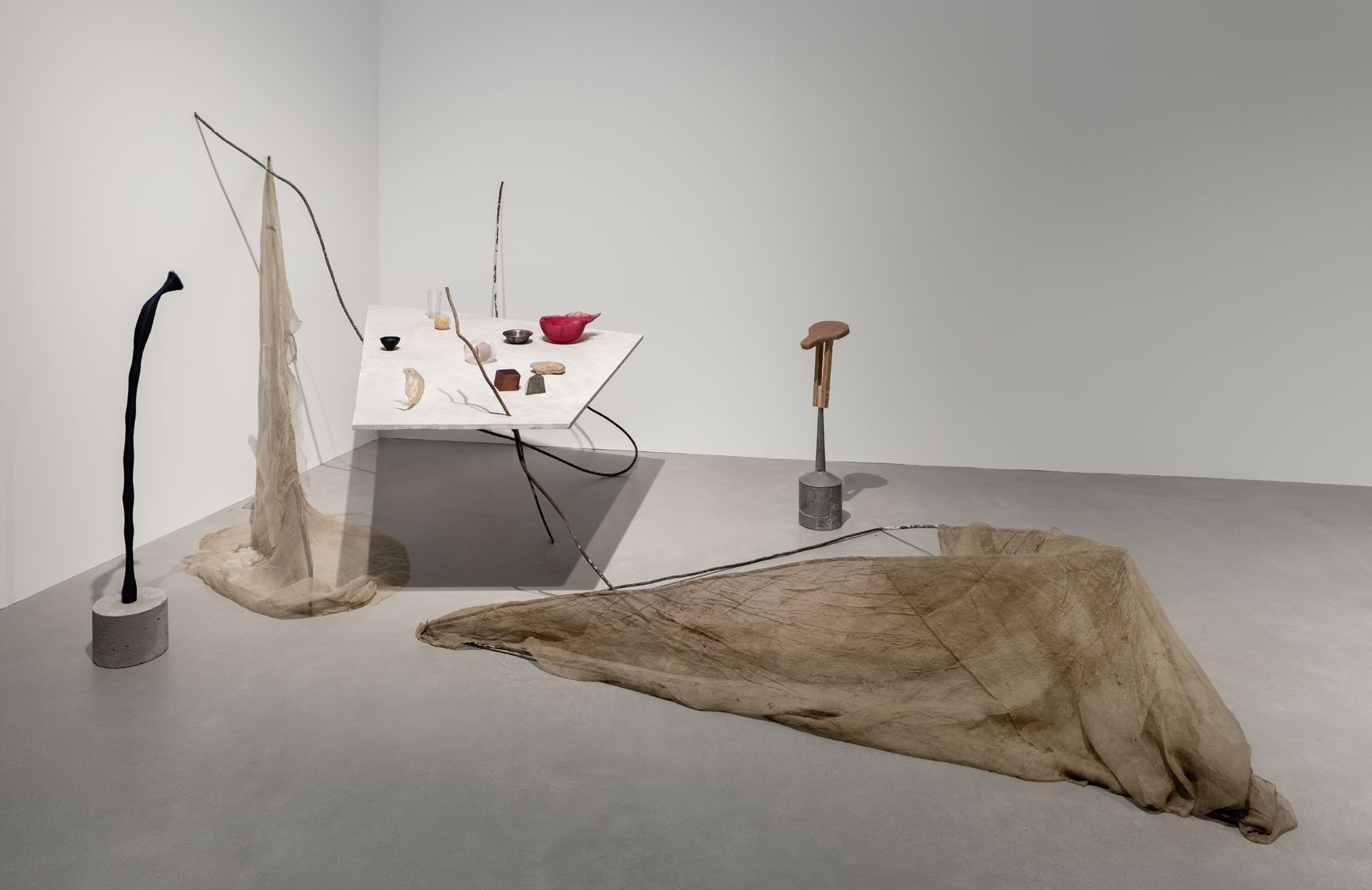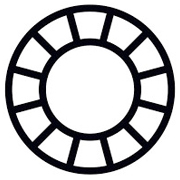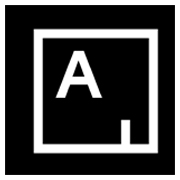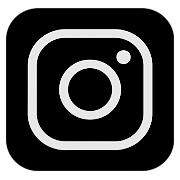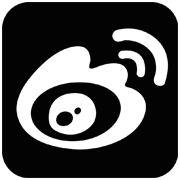Hu Xiaoyuan's work Spheres of Doubt II will enter Kunstalle Mannheim's collection after the group show "UPHEAVAL".
"The artist Hu Xiaoyuan comes from a completely different background. From her studio on the north-eastern fringe of Beijing she undertakes forays, bringing back various large and small objects. In the studio she engages in a process of mental reflection on the characteristics of the respective object based on Chinese tradition, which views the seen as factual reality.
Like many young Chinese artists Hu Xiaoyuan is confronted with the question of whether she can draw on an artistic tradition, and if so, which one. Which materials, typical to her own culture and origins, can give expression to the genuinely Chinese quality of her identity, without immediately awakening associations with the minefield of contemporary and historic-political propaganda and attributions of meaning? From early on Hu Xiaoyuan developed a poetic working method in which she transformed beams and planks into paintable surfaces. However, to this end, she did not use paper or canvas but wafer thin, fine silk—the material that decisively shaped the exchange between Europe and Asia along the Silk Road. After wrapping objects in silk to produce a uniform surface, she traces the visible structures of the underlying material, thus visually uniting image and object.
For her newest installation, Spheres of Doubt II in the Kunsthalle Mannheim, Hu Xiaoyuan has considerably expanded the selection of objects which she subjects to the drawing process. These continue to include solid materials such as wooden beams and stones, but also perishable objects such as fruit or bird’s nests, which do not just change their form over centuries but within the space of weeks or months. Certainty over the condition of the world appears to shift. Instead of the constancy of the world observed by the artist, the focus is now on change and flow, in other words, experiences which are in accord with life in a country such as modern China in general, and the metropolis of Beijing in particular, a city changing from day to day. By supplementing her installations with other materials, for example building rubble and metal rods originating from the demolished housing districts of migrant workers so typical of Beijing, Hu Xiaoyuan integrates a subtle reflection on social matters into her otherwise highly personal work. It is not just her own world which consists of a continuous flow of change. The city around her studio is also in a constant process of change, displacement, and loss."
-- Johan Holten
Director of Kunstalle Mannheim, curator of "UPHEAVAL"
Following its founding in 1909, the Kunsthalle Mannheim attained the
status of a pioneering institution within the German museum scene thanks
to the radically modern collection concept espoused by its legendary
directors Fritz Wichert (1909–1923) and Gustav Friedrich Hartlaub
(1923–1933). It was here that the art-historical term “modernism” was
profoundly shaped through the controversial acquisition of the French
avant-garde, ranging from works by Edouard Manet to post-Impressionism
as well as Expressionism and New Objectivity. The Kunsthalle thus
developed as one of the first civic collections of modern art in the
world. The exceptional sculpture collection was initiated in 1921 with a
donation from Sally Falk. As part of the confiscation operations led by
the Nazis, 91 paintings, 8 sculptures, and 466 graphic works were
seized – an irreplaceable loss. Walter Passarge (1936–1958) then tried
to fill in the gaps after 1945. Heinz Fuchs (1958–1983) and Manfred Fath
(1983–2002) further built up the international focus of the collection,
adding works of Informalism and Nouveau Réalisme. Today the Mannheim
collection comprises approximately 1,900 paintings, 860 sculptures and
installations, 34,000 works on paper, and 800 objects of applied art –
including key works by Max Beckmann, Francis Bacon, Michel Majerus,
Auguste Rodin, Henry Moore, and William Kentridge. Building on this
foundation, we remain committed to the artistic avant-garde and the
existential questioning of our time.

